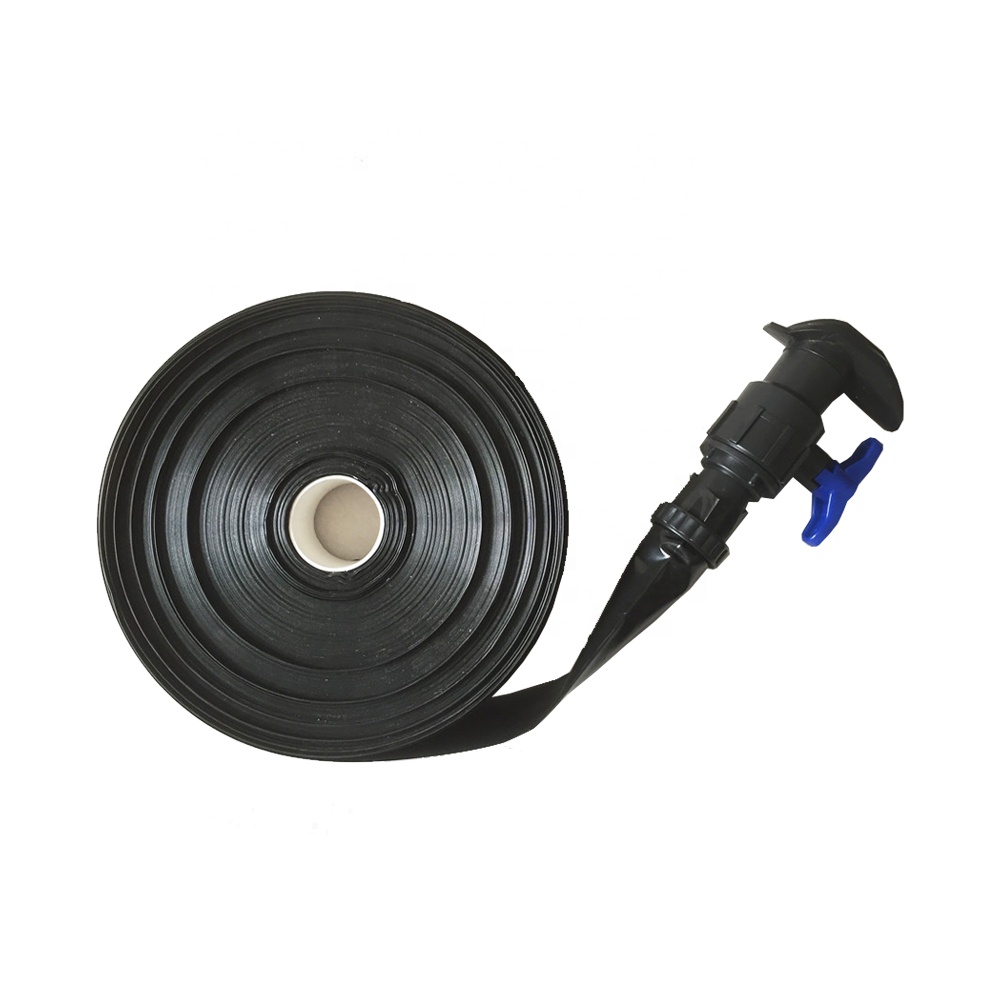Drip irrigation fittings maintain consistent water flow over their lifespan through several design features and materials:
- Precision Engineering: Drip irrigation fittings are manufactured with precision to ensure uniformity and consistency in water flow. This includes precise machining of internal components and tight tolerances to minimize variation in flow rates.
- Quality Materials: High-quality materials such as durable plastics, brass, or stainless steel are used in the construction of drip irrigation fittings. These materials are resistant to corrosion, degradation, and wear, ensuring long-term performance and consistent water flow.
- Non-Clogging Design: Drip irrigation fittings are designed to resist clogging and blockages, even when exposed to debris or sediment in the water supply. Features such as wide flow paths, self-flushing mechanisms, drip irrigation fittings and anti-siphon devices help maintain consistent flow rates over time.
- Pressure Regulation: Some drip irrigation fittings incorporate built-in pressure regulation mechanisms to maintain consistent flow rates regardless of fluctuations in system pressure. This ensures that plants receive a consistent amount of water even when water pressure varies.
- Leak Prevention: Drip irrigation fittings are designed to minimize leaks and drips, which can affect water flow and distribution. Tight seals, o-rings, and threaded connections help prevent leaks and ensure efficient water delivery.
- Resistance to Environmental Factors: Drip irrigation fittings are engineered to withstand exposure to environmental factors such as UV radiation, temperature fluctuations, and soil conditions. This ensures that the fittings maintain their integrity and performance over time, contributing to consistent water flow.
- Regular Maintenance: Proper maintenance, including periodic inspection, cleaning, and replacement of worn components, helps ensure that drip irrigation fittings continue to function optimally and maintain consistent water flow throughout their lifespan.
Overall, the combination of precision engineering, quality materials, non-clogging design, pressure regulation, leak prevention, resistance to environmental factors, and regular maintenance contributes to drip irrigation fittings’ ability to maintain consistent water flow over their lifespan.
